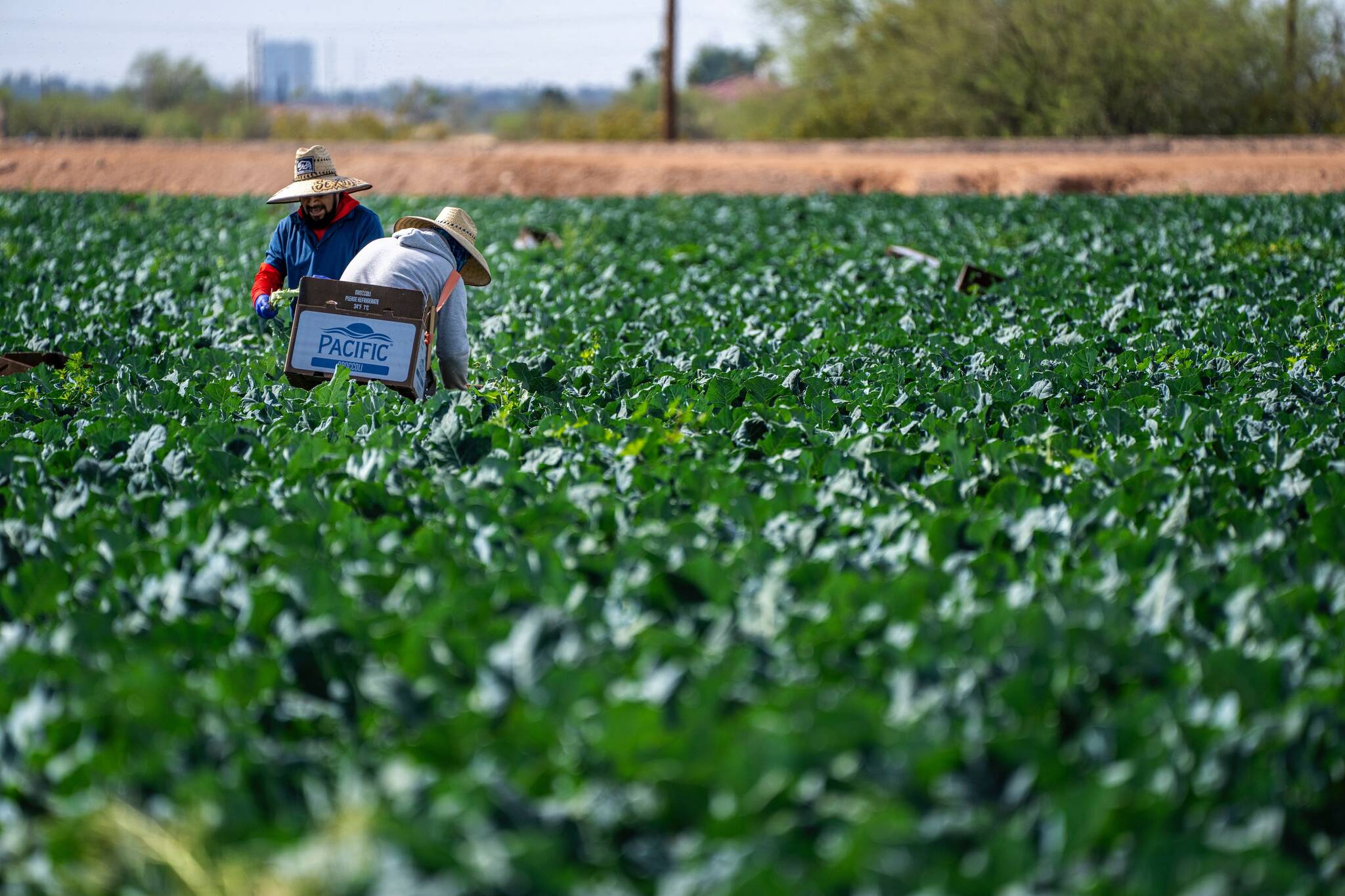Staff reports:
Updated heat protections for outdoor workers are now in effect in Washington state.
The Washington State Department of Labor & Industries (L&I) filed a formal update that helps protect outdoor, construction and farm workers from heat stroke and other heat illnesses related to hot weather, which went into effect on Monday, July 17.
Washington is one of only a few states with heat protections for outdoor workers, having first put rules in place in 2008.
“Excessive heat is a real concern when it comes to worker safety. Heat-related illness can strike quickly, and in some cases, be deadly,” said L&I Director Joel Sacks. “Our climate is changing, and these updates to our state heat rules are a major step forward in protecting workers.”
According to the Washington State Department of Health (DoH), between June 26 and July 2 in 2021, there were 100 heat-related deaths in Washington state, which led to L&I enacting temporary emergency heat rules in 2021 and 2022 to supplement existing worker protections. Data from DoH shows that between 2018 and 2020, there were 22 deaths that were heat-related.
The new rules lower the temperature at which action is required to 80 degrees Fahrenheit for most outdoor work. Temperature-based action levels apply to specific portions of the rule such as drinking water and shade, and include specifics on when and how much shade must be provided.
Workers must be allowed to take preventative cool-down periods as needed to prevent overheating.
Employers must follow high-heat procedures that require close observation of workers and mandatory cool-down periods of 10 minutes every two hours when the temperature reaches 90 degrees Fahrenheit, and 15 minutes every hour at 100 degrees Fahrenheit.
The updated permanent rules also add requirements for acclimatization and exposure to high heat.
Under these requirements, which address the need to adapt to working in the heat over time, employers must closely observe all workers during heat waves and any worker who is newly assigned to working in the heat or returning from an absence of up to 14 days.
Under the rules, employers must also update their outdoor heat exposure safety programs, and train workers and supervisors on the plan and the new requirements. L&I is developing model outdoor heat exposure safety programs and training materials to help employers implement these requirements.
“Outdoor workers can suffer serious health effects from the summer heat,” said Craig Blackwood, assistant director for L&I’s Division of Occupational Safety and Health. “But, with water, shade, and rest among other protections, employers and workers can prevent the worst effects of heat exposure and reduce traumatic injuries like falls. These updates will require employers to be more proactive.”


